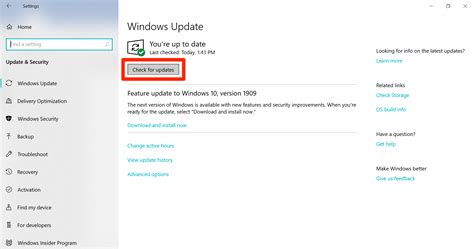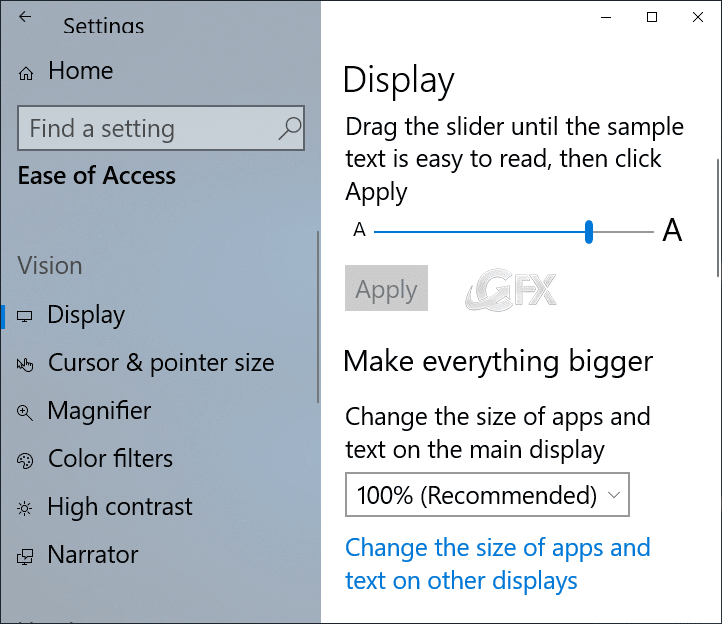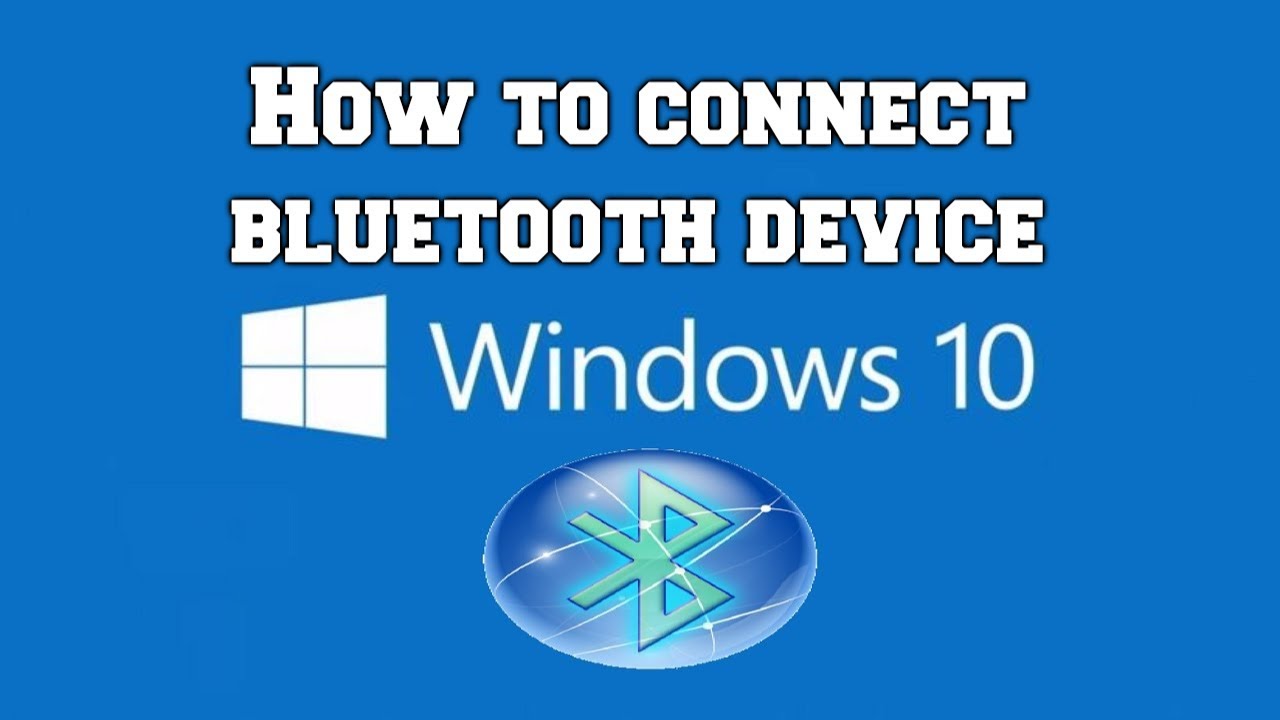Keeping your Windows operating system up to date is crucial for security, performance, and accessing new features. While Windows typically handles updates automatically, there are times when manually checking for and installing updates is necessary. This guide provides detailed steps to manually check for and install updates on Windows 11.
Why Manually Update Windows 11?
Manually updating Windows 11 can be beneficial in several scenarios:
- Immediate Access to Updates: When you want the latest features or security patches without waiting for automatic updates.
- Troubleshooting: If automatic updates fail or cause issues, manual updates can help resolve problems.
- Controlled Environment: In environments where updates need to be tested before deployment.
Method 1: Using Windows Settings
The most straightforward way to check for updates is through the Settings app.
Steps:
- Open Settings:
- Press Windows + I to open the Settings app.
- Navigate to Windows Update:
- Click on Windows Update in the left-hand menu.
- Check for Updates:
- Click the Check for updates button.
- Windows will search for available updates.
- Install Updates:
- If updates are found, click Download & install.
- Follow any on-screen instructions.
- Restart if Required:
- Some updates may require a restart.
- Save your work and click Restart now when prompted.
Method 2: Using Microsoft Update Catalog
For specific updates or offline installations, the Microsoft Update Catalog is useful.
Steps:
- Visit the Catalog:
- Go to
- Search for the Update:
- Enter the Knowledge Base (KB) number of the update (e.g., KB5006674) in the search bar.
- Download the Update:
- Find the appropriate update for your system architecture (e.g., x64) and click Download.
- Install the Update:
- Once downloaded, open the .msu file to start the installation.
- Follow the on-screen instructions.
- Restart if Necessary:
- After installation, restart your computer if prompted.
Method 3: Using Command Prompt
Advanced users can install updates via the Command Prompt.
Steps:
- Open Command Prompt as Administrator:
- Press Windows + S, type cmd, right-click on Command Prompt, and select Run as administrator.
- Install the Update:
- Use the Windows Update Standalone Installer (wusa) with the following command:
mathematica
CopyEdit
wusa C:\Path\To\Update.msu /quiet /norestart
- Replace C:\Path\To\Update.msu with the actual path to your downloaded update file.
- Verify Installation:
- To check if the update was installed, run:
lua
CopyEdit
wmic qfe list brief /format:table
- Restart Your Computer:
- Some updates may require a restart to take effect.
Method 4: Using PowerShell
PowerShell offers another method for managing updates.
Steps:
- Open PowerShell as Administrator:
- Press Windows + S, type PowerShell, right-click on Windows PowerShell, and select Run as administrator.
- Install the PSWindowsUpdate Module:
- Run the following command:
mathematica
CopyEdit
Install-Module PSWindowsUpdate
- If prompted, confirm the installation.
- Check for Updates:
- To list available updates, run:
sql
CopyEdit
Get-WindowsUpdate
- Install Updates:
- To install all available updates, run:
mathematica
CopyEdit
Install-WindowsUpdate
- Restart if Required:
- After installation, restart your computer if necessary.
Additional Tips
- Ensure Internet Connectivity: A stable internet connection is essential for downloading updates.
- Backup Important Data: Before installing major updates, back up your data to prevent potential loss.
- Regularly Check for Updates: Even if automatic updates are enabled, periodically check for updates to ensure your system is current.
- Use Windows Update Troubleshooter: If you encounter issues, the built-in troubleshooter can help identify and fix problems.
Conclusion
Manually checking for and installing Windows 11 updates is a straightforward process that ensures your system remains secure and up to date. Whether through Settings, the Microsoft Update Catalog, Command Prompt, or PowerShell, you have multiple methods to manage updates effectively. Regular maintenance and updates contribute to a smoother and more secure computing experience.





